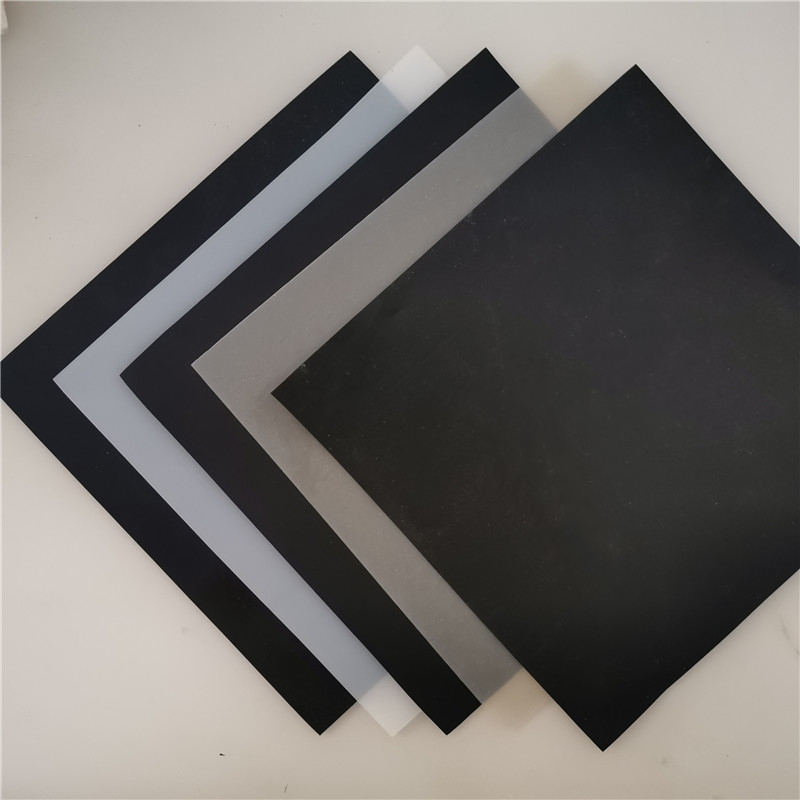
产品介绍:

Three-dimensional vegetation net is a new type of civil engineering material, which belongs
to the reinforcing material in the new materials technology field of the National High-tech
Product Directory.
Product features
Three-dimensional vegetation net is a kind of three-dimensional structure net pad similar to
loofah network used for grass planting and soil fixation. It is loose and flexible in texture,
leaving 90% of the space to be filled with soil, gravel and fine stones. Plant roots can pass
through it and grow comfortably, neatly and evenly. After the grass is fully grown, the net
pad, grass and soil surface are firmly combined together. As the plant roots can penetrate
30 to 40 centimeters below the ground surface, a solid green composite protective layer is formed.
Product features
Before the turf grows, it can protect the land surface from erosion by wind and rain.
2. It can firmly keep the grass seeds evenly distributed on the slope, preventing them from
being washed away by wind and rain.
3. The black net mat can absorb a large amount of heat energy, increase ground moisture,
promote seed germination and prolong the growth period of plants.
4. Due to the rough surface, countless vortices are generated on the surface of the net pad
by wind and water flow, thus creating an energy dissipation effect and promoting the deposition
of their carried materials in the net pad.
5. The composite protective layer formed after the plants grow can withstand the erosion of
high water levels and high flow rates (3 to 4 meters per second within two days and 5 to 6
meters per second within 4 to 5 hours).
6. It can replace permanent slope protection materials such as concrete, asphalt and block
stones, and be used for slope protection of highways, railways, rivers, DAMS, hillsides, etc.
7. It can significantly reduce the project cost, being only 1/7 of that of C15 concrete and dry
block stone slope protection, and 1/8 of that of mortar block stone.
After being laid on the surface of sandy soil, it can prevent the movement of sand dunes,
greatly increase the surface roughness, increase the surface sediment, change the physical
and chemical properties of the surface, and improve the local ecological environment.





